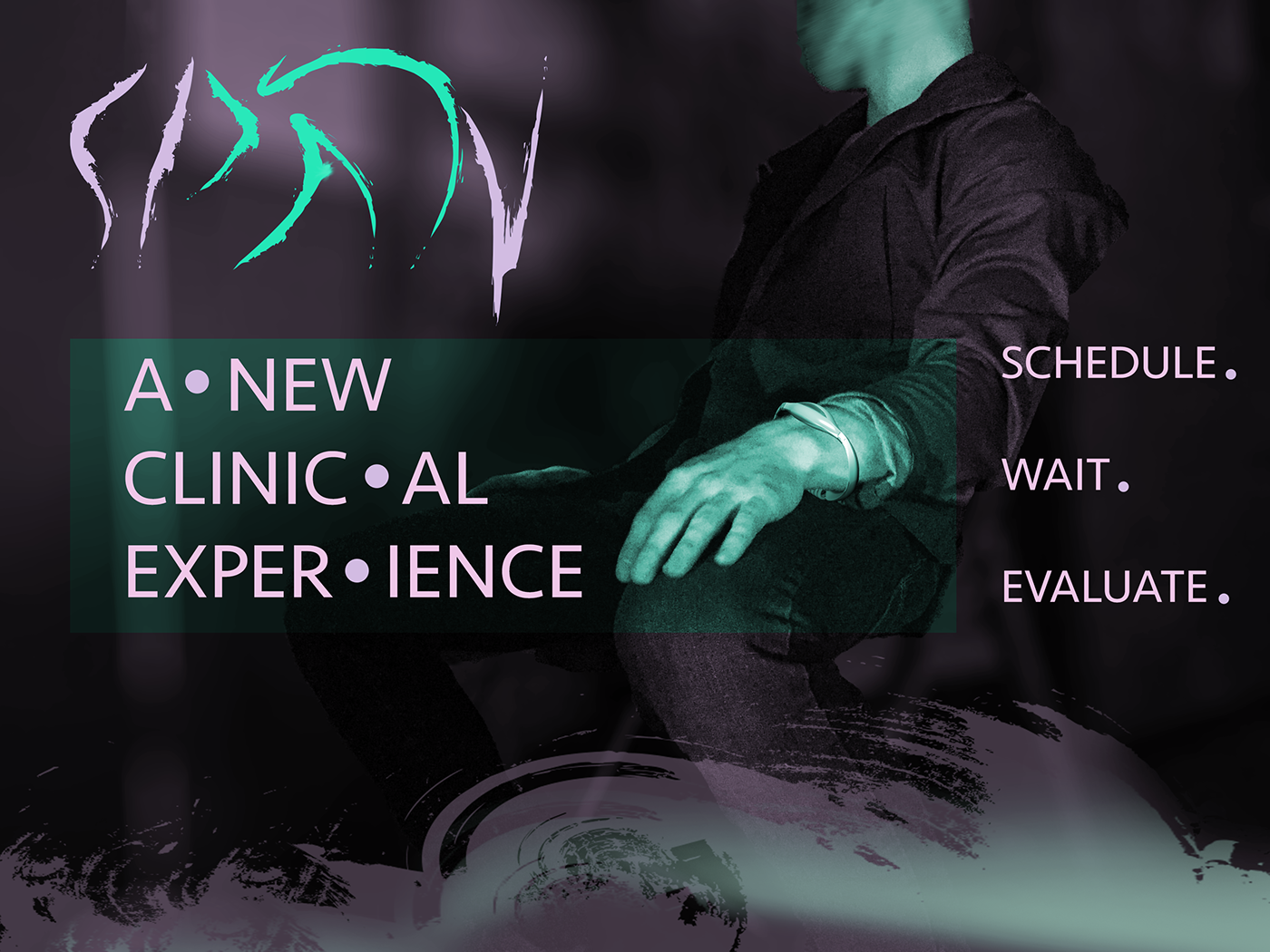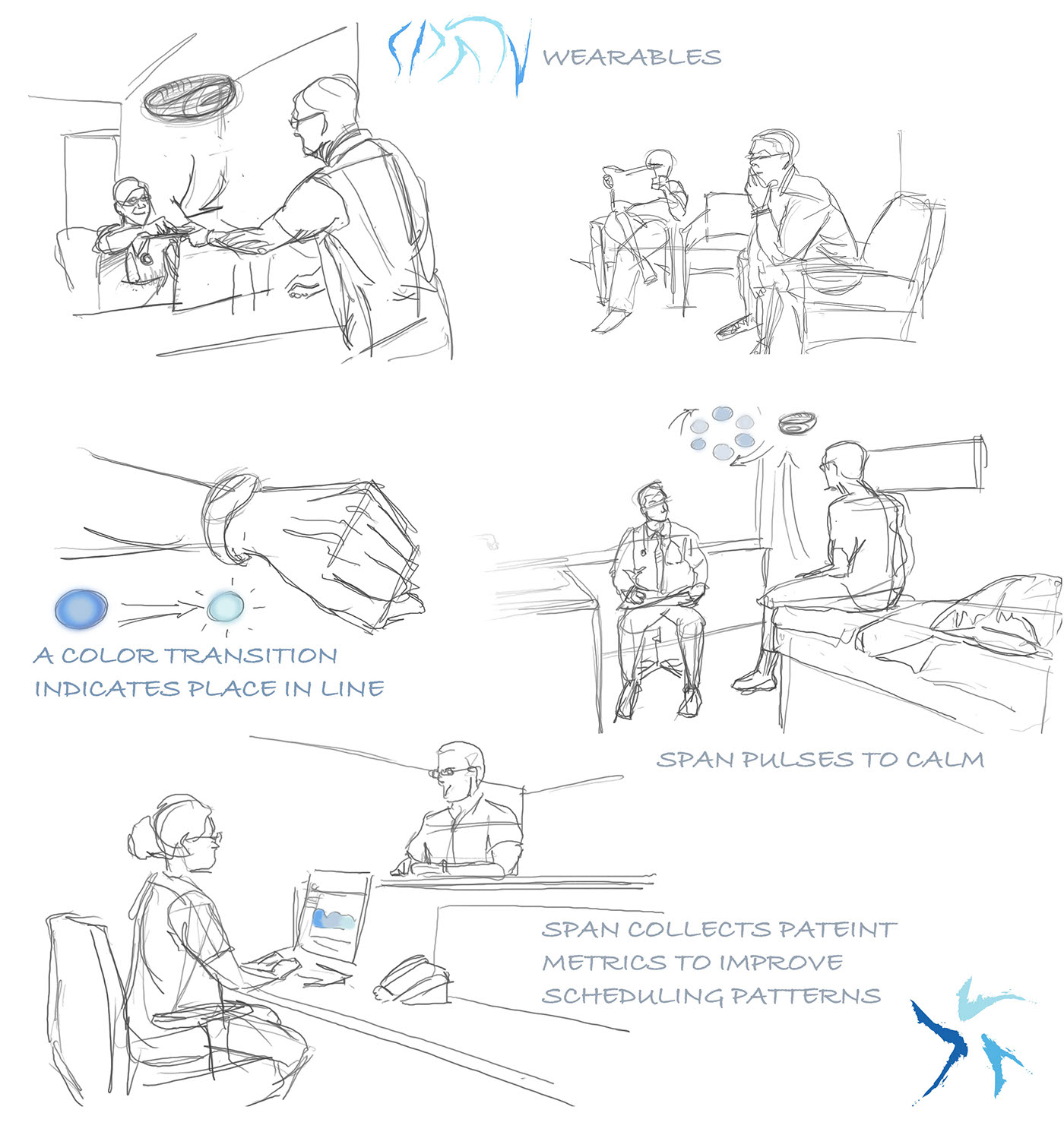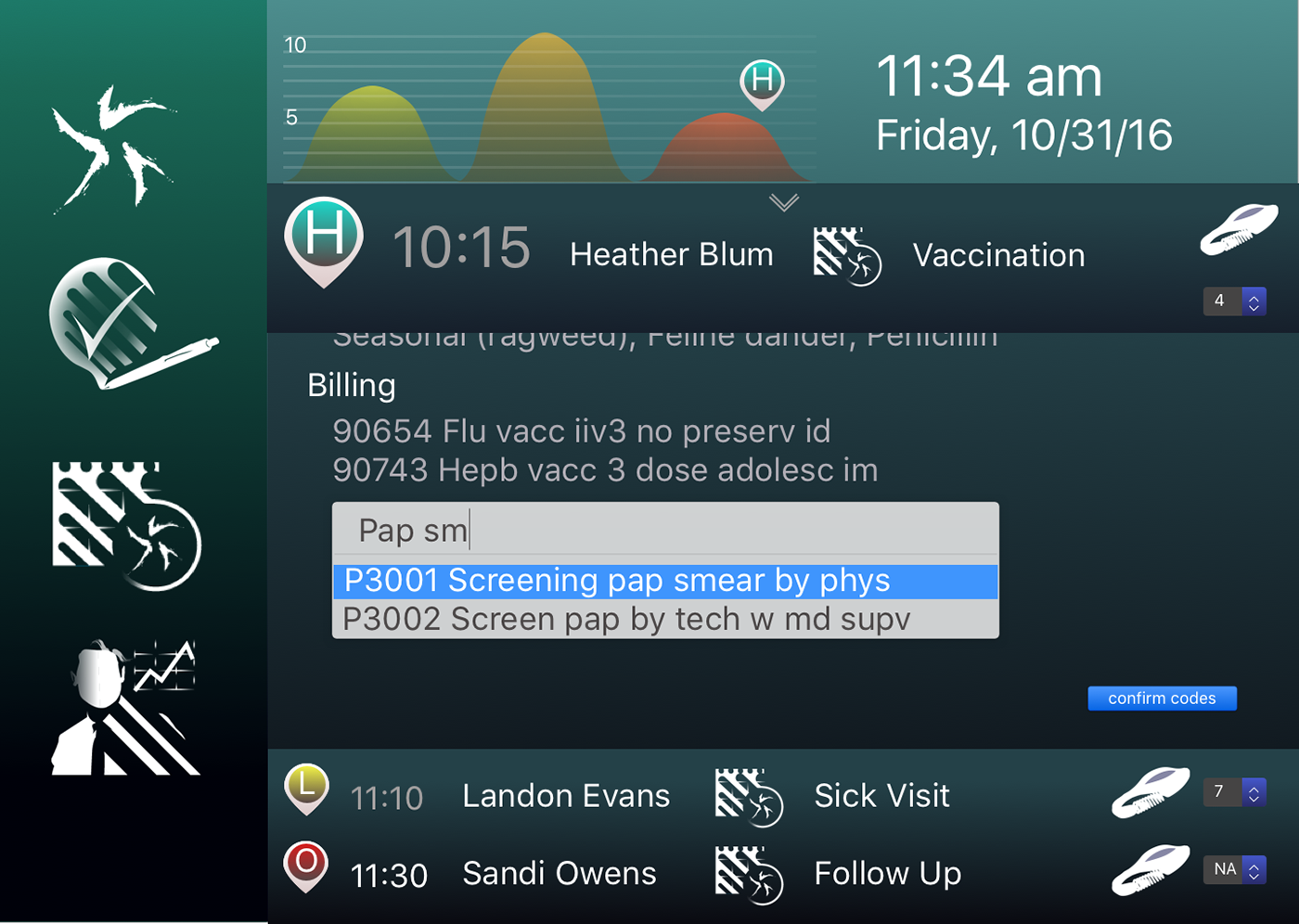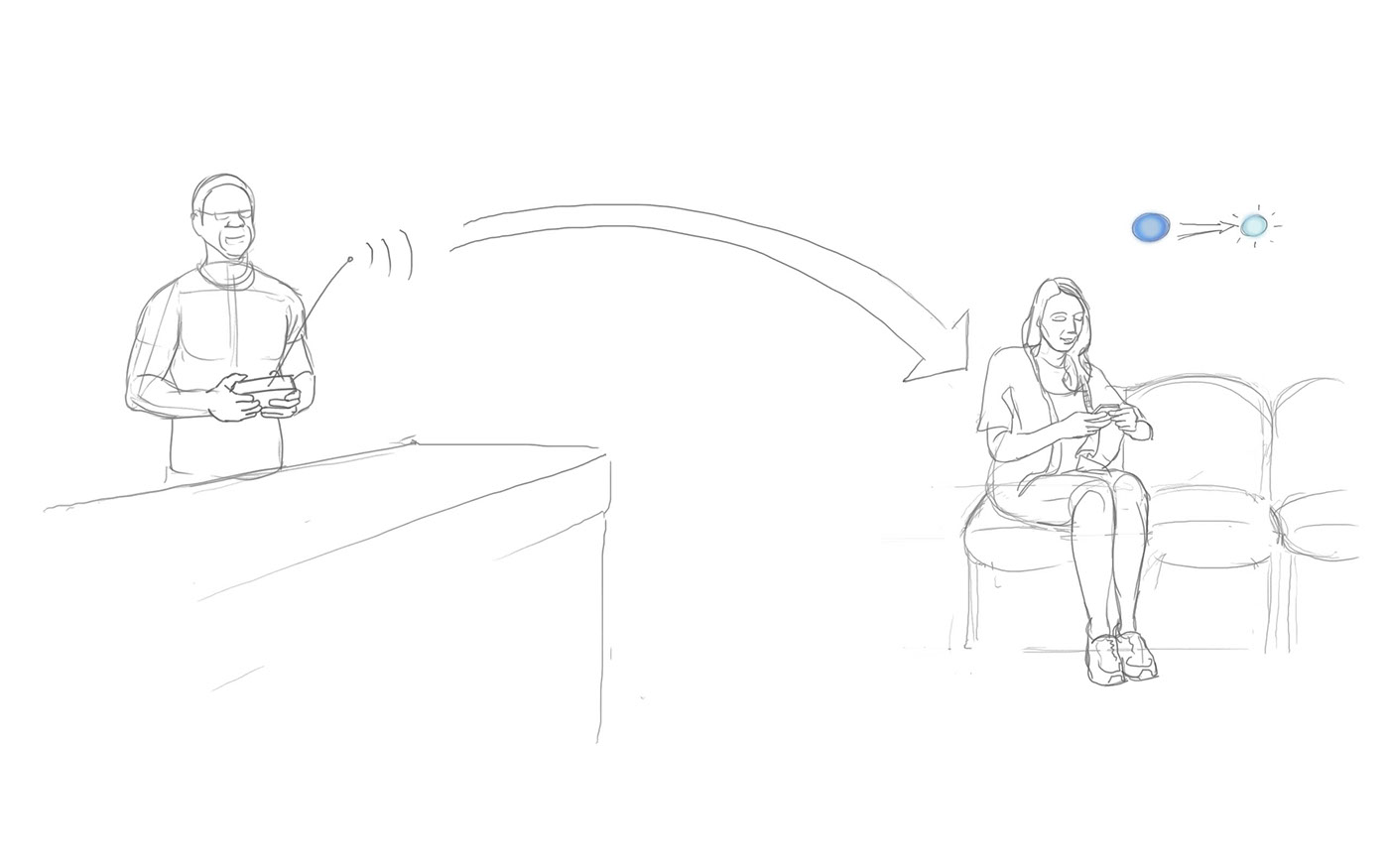
Span is a conceptual system which integrates the potential of patient data collection with the function of an electronic health record for patient management to improve the waiting experience. By collecting metrics pertaining to the flow of patients through primary care clinics, sore points and bad scheduling habits can be identified and ameliorated to improve efficiency. By collecting patient wait times using wrist bands, patients are also afforded an approximation of the remaining wait time.
Contributors: Aaron Heskes RISD '19, Rosa Park RISD '19,
Vishal Khetpal Brown MD '20 candidate.
Hardware: We rendered some concept images of the wristband using Rhino, which is a wearable given to the patient as an appointment notifier, giving the user an approximation of the wait time via a progressive blue to white gradient. The bands report the location of the patient within the clinic, allowing the system to advance the que and estimate wait times.

Storyboard: How does this product fit into the current clinical structure?

Stakeholders: Who benefits from this system?



Application flow chart: Based on frequency of use and relevancy, the tasks of signing in, scheduling and keeping track of patients were organized into a logical structure. This structure is informed both by observing front desk staff and considering their personal gripes and suggestions about EHR software.

Mockups of the interface were made to re-evaluate legibility and relevancy to the clinic front desk.
Home: Includes a live sign in window (access to patient info, appointment times) and graphs of predicted clinic efficiency for the day, and a minute by minute display of patients in the clinic.

Patient info: This window expands via the assigned icon (on the graph) or the scroll menu, featuring quick access to relevant information. Clerical staff often needed to find contact information and allergy info.

Schedule an appointment: Scheduling is assisted by a system which filters dates based on doctor availability, appointment type, and medical timeline.
By observing several scheduling interactions, we found that patients are often able to estimate availability by day of the week and time of day much faster than when asked if they would be available "in four weeks."
The interface gives the staff member a variety of possible dates which are distinguished by predicted efficiency (green-yellow-red).




Stats: Doctors have access to the same efficiency metrics used to measure the entire clinic, though only based on patients that they see. This gives them a window into how long their patients are waiting and allows them to self evaluate their practices.

Next steps: Proving our hypothesis (Prototyping and user observation...). How will access to an accurate wait time affect patient mood and patience?








